
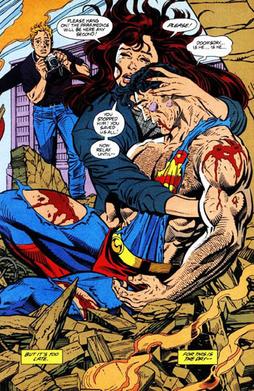





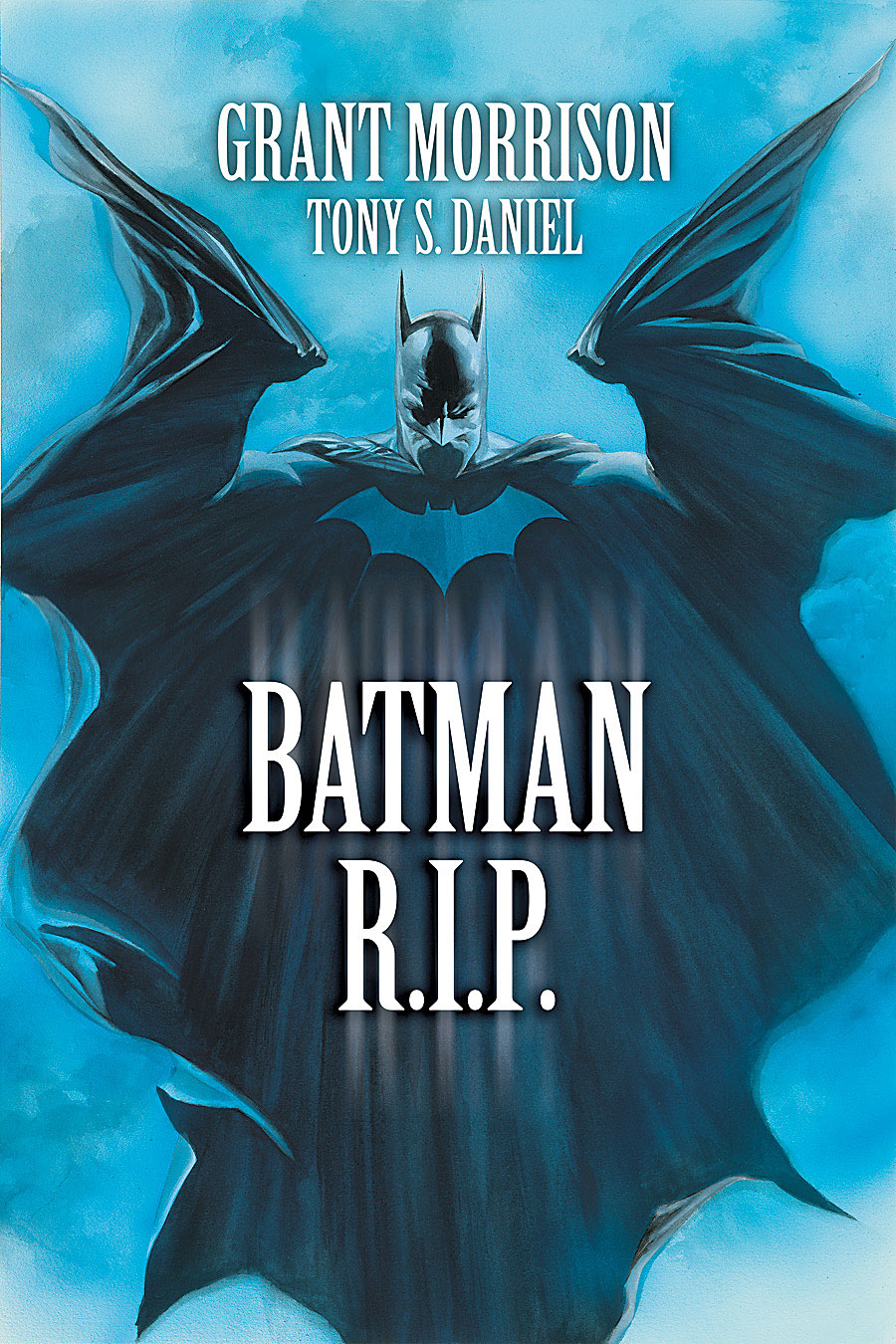
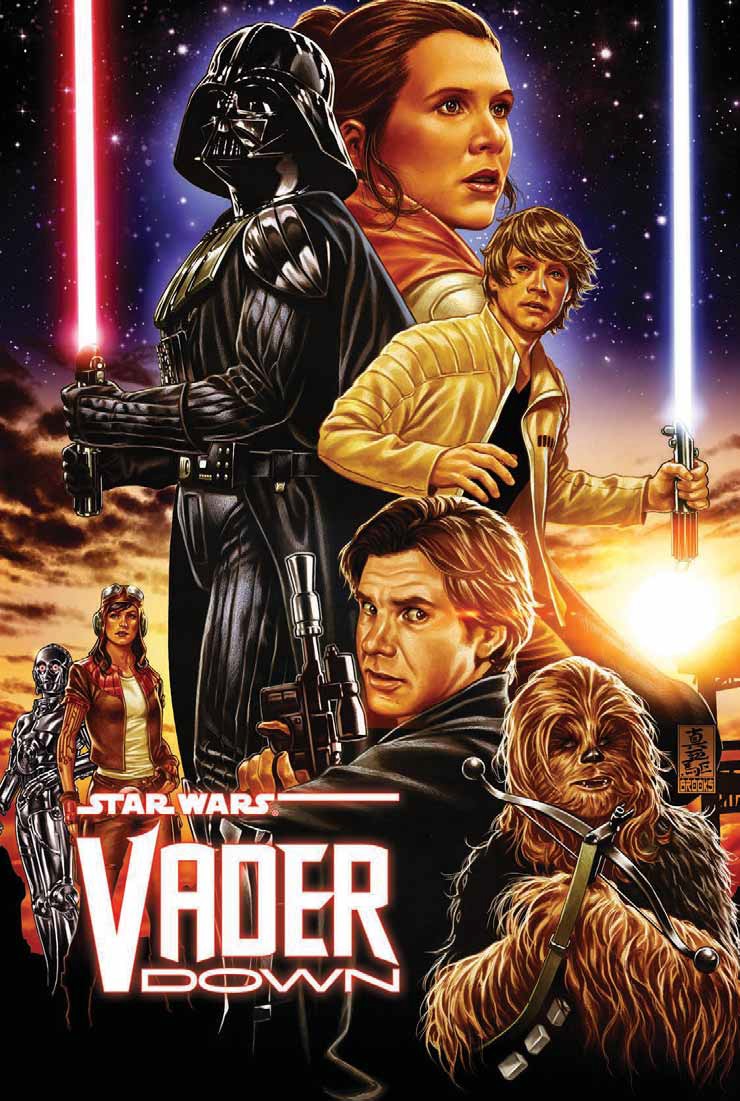










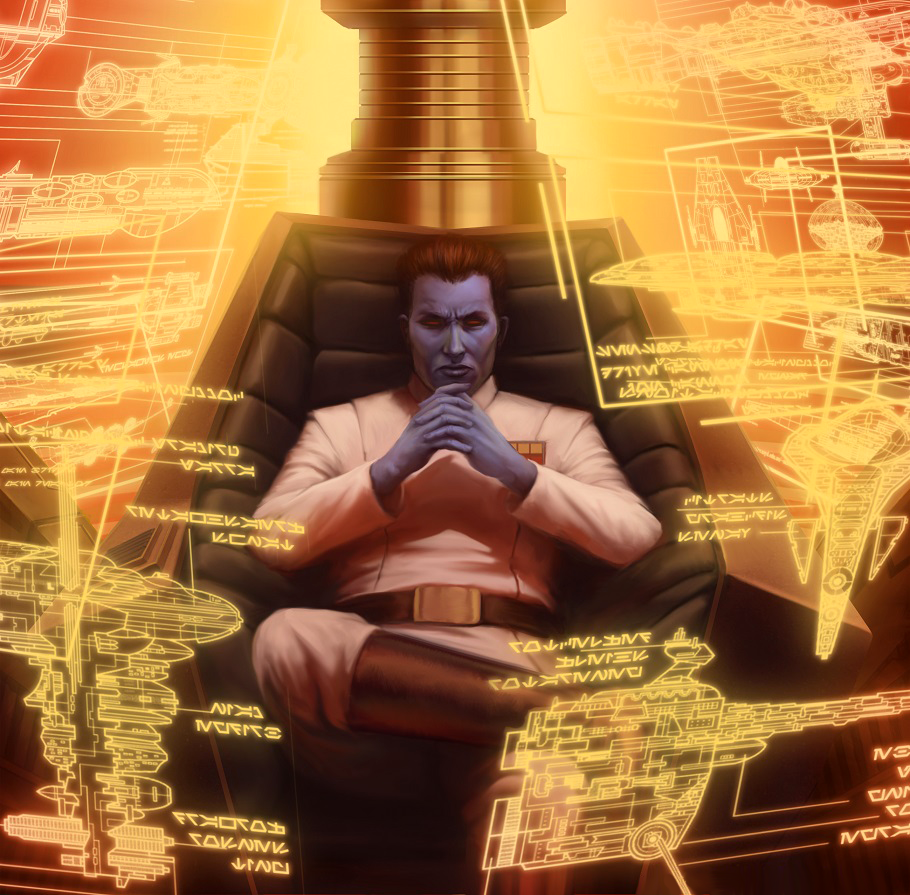

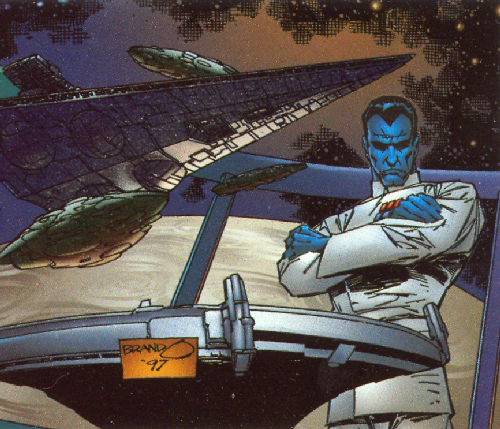

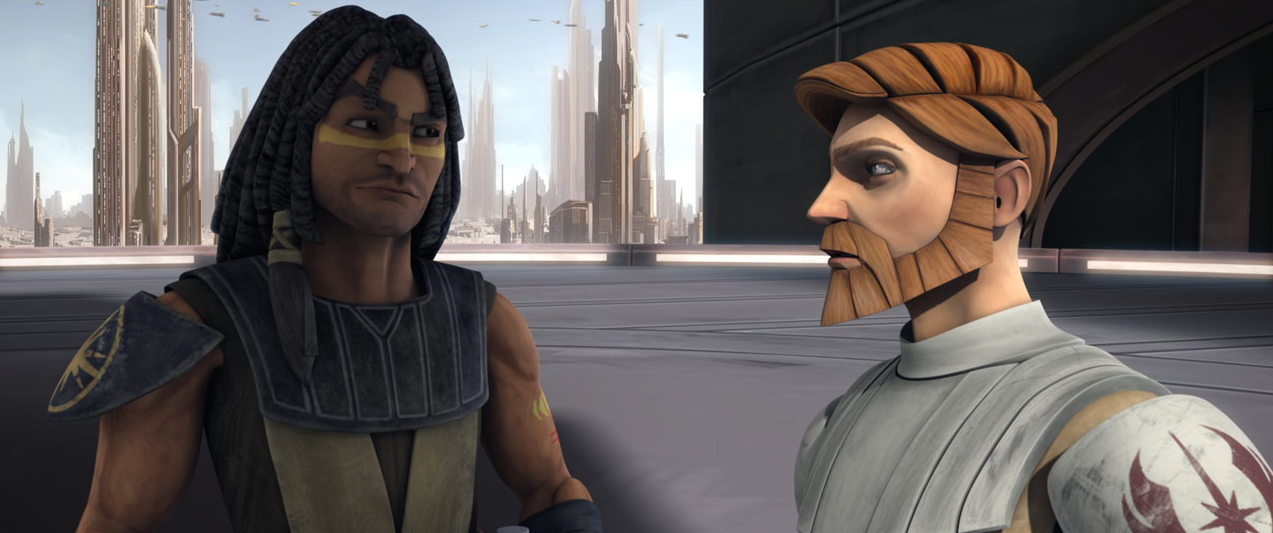

En la San Diego Comic Con, ayer presentaron el primer póster de la película de Wonder Woman.
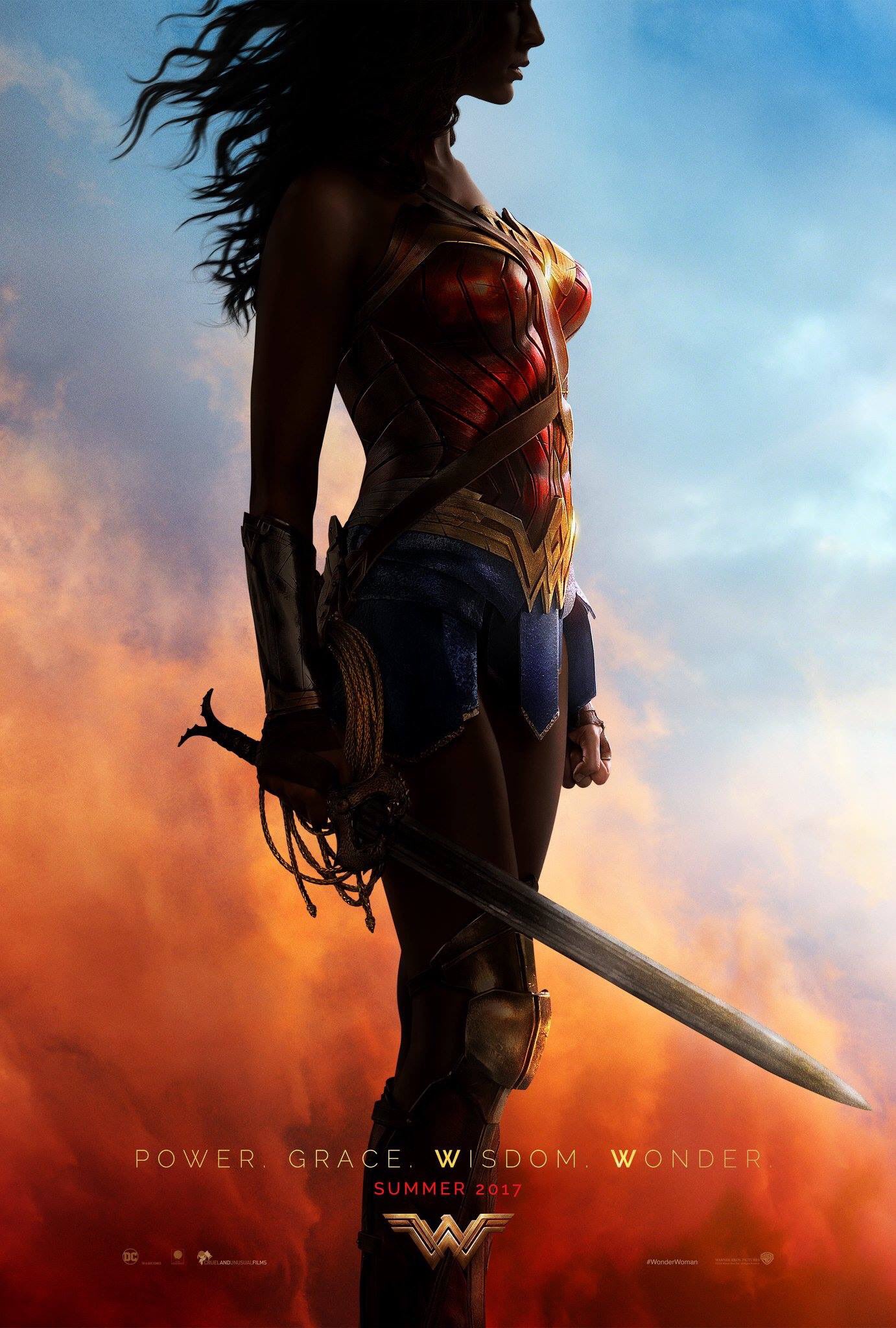
¡Me encanta! Los colores, la composición, los elementos icónicos... Está genial. Qué decir de esas cuatro palabras que han decidido poner.
Poder. Gracia. Sabiduría. Maravilla.
Describen perfectamente al personaje. No sólo como superheroína, sino como mujer. Entre otros superhéroes clásicos con los que se codea, Diana destaca no sólo por ser mujer, sino por ser una mujer fuerte como Superman e inteligente como Batman, heroica como Flash y fantástica como Linterna Verde. No son sus únicos atributos, pero son sin duda los más importantes.
Poder. Gracia. Sabiduría. Maravilla.
Ahora, mirad la versión española del póster para Wonder Woman:
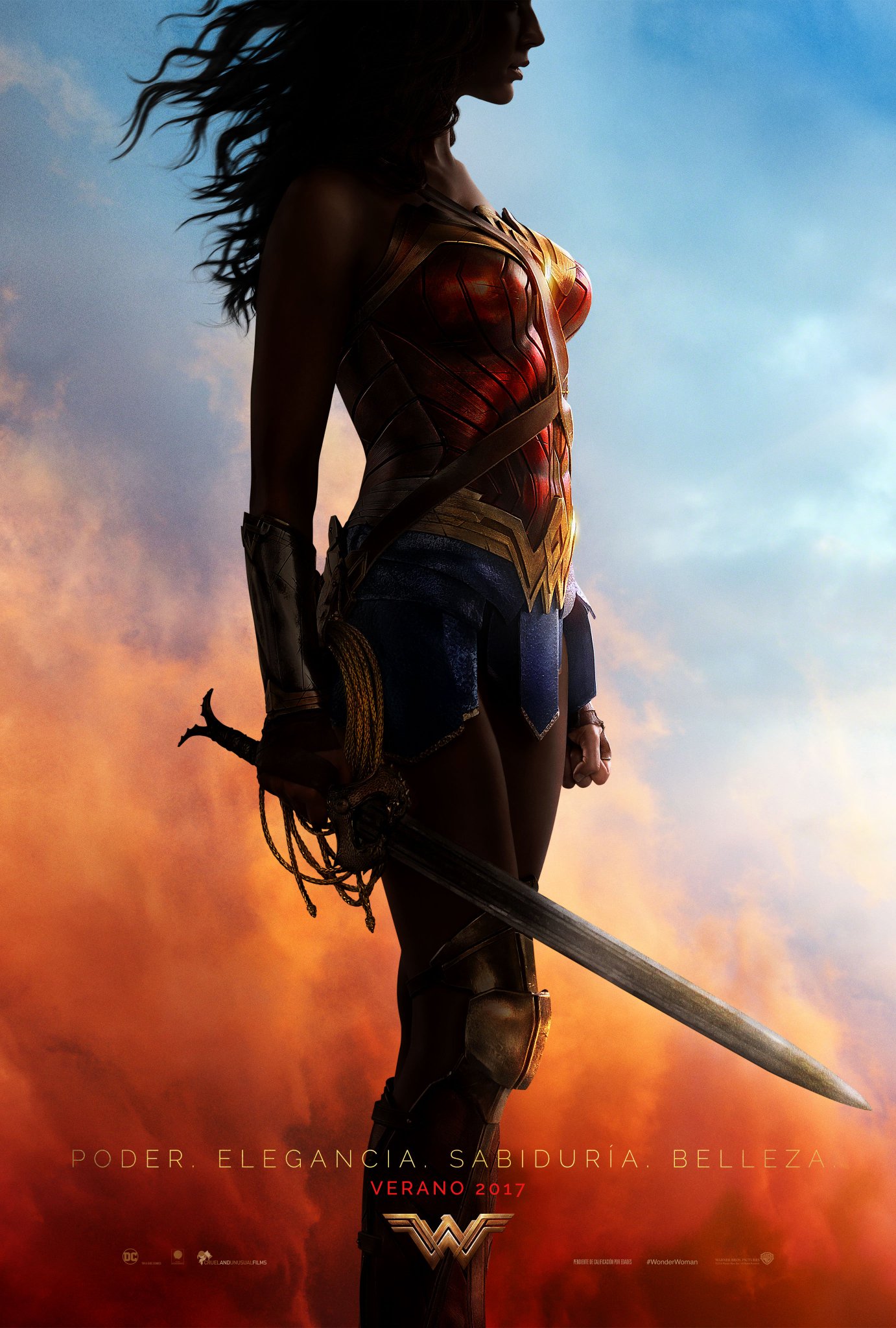
¿Qué cojones?
Lo de traducir "gracia" por "elegancia", bueno, no es que esté mal. "Gracia" me gusta más y está esa idea que tienen muchos en marketing de que el público es idiota y hay que usar términos sencillos (no vayan a equivocarse de acepción de "gracia") y se convierte en un círculo vicioso que simplifica el lenguaje eliminando vocabulario. Pero eso es un tema aparte.
Lo importante es, claramente, "belleza". Poder. Elegancia. Sabiduría. ¿¿¿Belleza???
¿De verdad a un iluminado se le ha ocurrido sustituir "maravilla" por "belleza" en el cartel de la película de la MUJER MARAVILLA? En una sociedad en la que, desgraciadamente, aún se considera la belleza como uno de los rasgos esenciales de un buen personaje femenino, en el póster original de Wonder Woman deciden ignorarlo, para centrarse en aspectos más importantes. Estoy seguro de que es deliberado.
El problema no es que haya un iluminado machista y rancio que cree que los espectadores son idiotas. El problema es que no es una persona, sino que ha tenido que ser toda una cadena de personas. Como poco, una que la ha traducido, una que ha aprobado la traducción, una que la ha puesto en el cartel, una que ha revisado el cartel, una que ha planificado su publicación, y una que lo ha puesto en las redes sociales. Probablemente, también bastantes más. ¿Y a ninguna de ellas se le ha ocurrido que ahí estaba fallando algo?
En serio, qué ascazo.
Por cierto, también hay tráiler :)
This is the story of that time I ran a Dungeons and Dragons game with 11 players, how and why that happened, and what I did to survive the experience.

Esta entrada la publiqué originalmente en el Comlink, el blog del foro Universo Star Wars.
Puedes encontrar los números anteriores de "Hace mucho tiempo" en la revista del foro.
Hace 30 años...
... Ewoks y Droids alcanzaban el auge antes de la caída.
Era 1986 y Star Wars, por primera vez en su historia, flaqueaba. No había películas a la vista, no se habían publicado novelas en tres años, la era de los videojuegos arcade llegaba a su final, el cómic de Marvel tenía los días contados, y las tiras periódicas habían finalizado en 1984. Pero justo antes de lo que sería el mayor vacío de la historia Star Wars desde 1977, dos títulos dominaron 1985 y 1986.
Con el futuro de la saga incierto tras el Episodio VI, George Lucas decidió orientar su nuevo producto a un público infantil en forma de serie animada, inspirado por la secuencia animada del infame Holiday Special. Además, no queriendo tocar ningún personaje que pudiera ser relevante en unas posibles Precuelas o Secuelas, eligió como protagonistas a personajes de poca importancia en sus planes: Wicket, Teebo y el resto de su tribu para Ewoks; y R2-D2, C-3PO y un montón de personajes nuevos para Droids. Entre ambas series suman más de 20 horas que la mayoría de fans de Star Wars desconoce.
Hace 30 años, en junio de 1986, Ewoks se encontraba en medio de una segunda temporada; y Droids publicaba un episodio especial extra largo que sería el último y más recordado, The Great Heep. Por si fuera poco, entre todo el merchandising y coleccionismo que estaban ocasionando, Marvel publicó en 1986 sendas series de cómics, un total de 25 historias que incluían desde contar Una nueva esperanza bajo el punto de vista de los droides, hasta una paradoja temporal que llevaba a R2 y 3PO al Endor pre-Episodio VI de Ewoks.
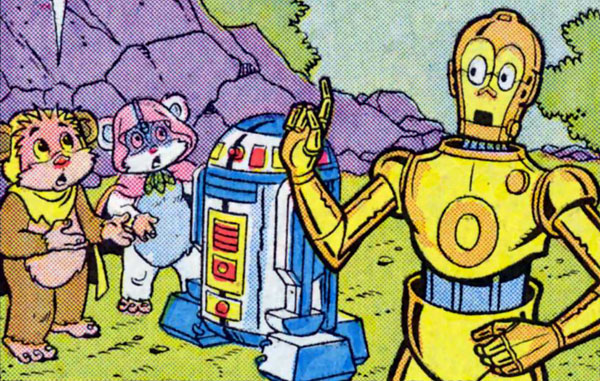
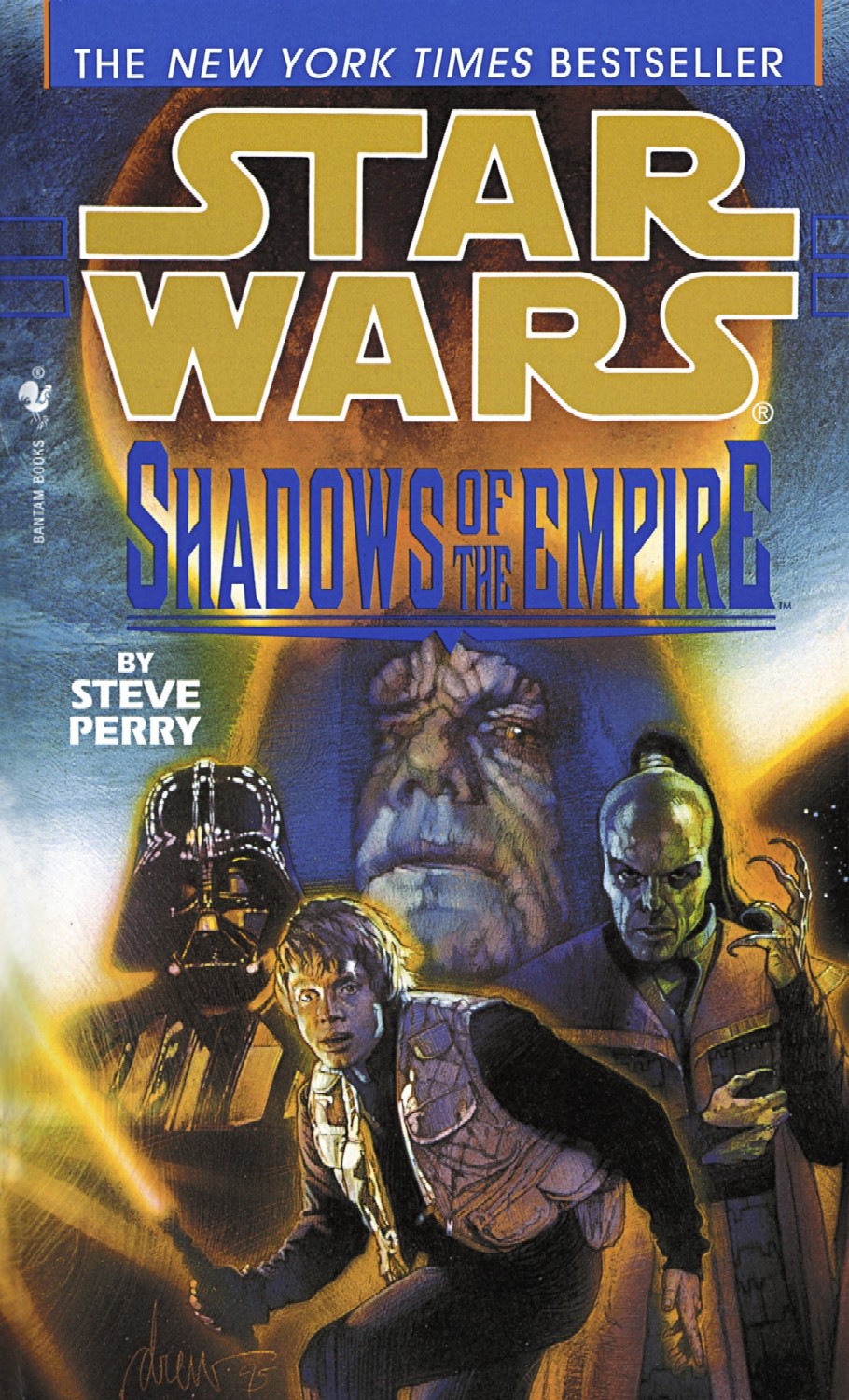
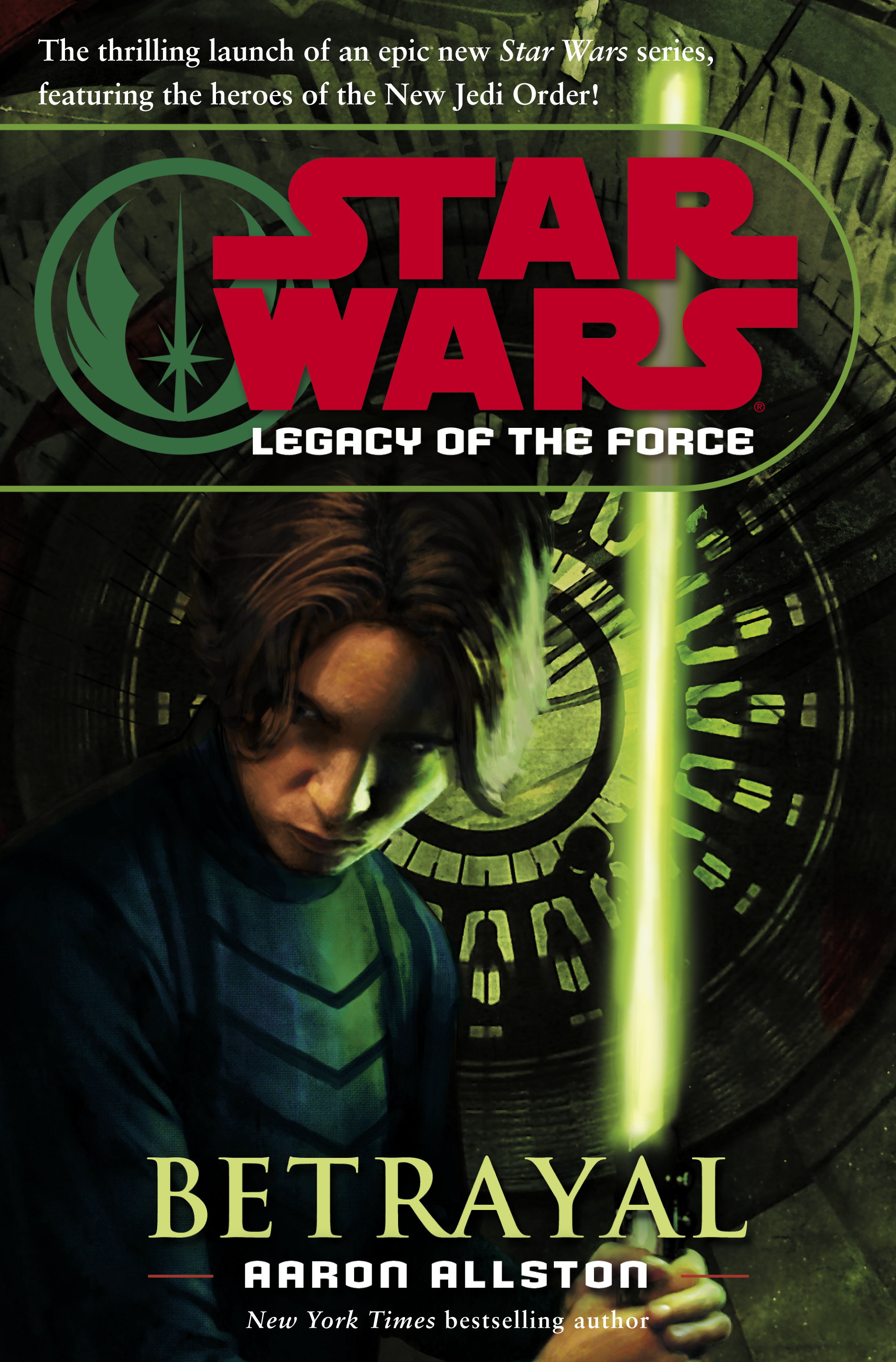

Es difícil explicar Undertale y su atractivo, especialmente porque es un juego dirigido hacia una audiencia muy particular.
¿Te gustan los juegos indie innovadores y originales, sin importar los gráficos?
¿Te gustan los RPG de consola clásicos, como Earthbound, Final Fantasy o Super Mario RPG?
¿Te gustan los chistes cínicos y absurdos de Internet, Reddit y los memes?
¿Te gustan las historias y personajes complejos, cautivadores, intrigantes y emotivos?
Si respondes que sí a por lo menos dos de ellas, te recomiendo probar Undertale. Si, como yo, respondes que sí a las cuatro, Undertale es para ti.


Undertale es una obra de culto instantanea creada por Toby Fox (código, diseño, música y gran parte del arte). A primera vista puede parece el típico RPG de SNES, con una estética pixel-art que recuerda instantaneamente a Earthbound, principal inspiración del juego. Cámara superior, diálogos con opciones, peleas con monstruos aleatorias y jefes, equipo, inventario, nivel y puntos de vida...
Pero es mucho más. Lo primero que llama la atención son las mecánicas de "shoot'em up" y "bullet hell". En combate, los enemigos atacan lanzando balas, o misiles, o espadas, o huesos, o lágrimas, o cacas de perro, en distintos patrones según el enemigo, que el jugador tiene que esquivar. A su vez, los ataques del jugador consisten en intentar pulsar una tecla en el momento adeacuado. Por no mencionar que los jefes suelen tener mecánicas especiales que limitan al jugador, como uno que añade gravedad a sus movimientos, otro que lo limita a moverse en tres líneas, y otro que permite disparar como en un shooter. Esto hace que, al contrario que la mayoría de los RPGs, cada combate y enemigo se sienta único y con dosis de acción.
Además, ¡atacar a los enemigos es opcional! En vez de "luchar", se puede elegir "actuar", lo cual ofrece diversas opciones, una vez más dependiendo del enemigo. Actuando de la forma adecuada, es posible convencer a los enemigos de dejar de luchar, apiadarse de ellos y seguir adelante. Al perdonar a un enemigo no se obtienen puntos de experiencia, con lo cual los combates se hacen más difíciles... Pero salvarlos tiene su lado bueno, que no voy a comentar por evitar spoilers.


Los combates no son la única parte de Undertale en la que el jugador puede elegir entre ser más o menos amables con los monstruos del inframundo en el que está atrapado. También es posible hacerlo al conversar con los muy diversos y complejos personajes que pueblan el reino de los monstruos. Se les puede ayudar a hacer sus vidas mejores, ¡o intentar arruinarlas! Con algunos se puede incluso salir en una cita. Y, ¿quién no ha nunca querido una cita con un esqueleto?
Es difícil hablar de la trama sin destriparla, porque tiene muchísimos detalles ocultos que es un placer ir descubriendo. A grandes rasgos, en el inframundo viven los monstruos, exiliados por los humanos hace eones, y separados de la superficie por una barrera mágica. Tú eres un niño (o niña) que ha caído al inframundo y tienes que buscar una manera de salir. En el camino conocerás a toda clase de variopintos personajes: la maternal Toriel, los hermanos Sans y Papyrus, la letal Undyne, la friki Alphys, el rey Asgore Dreemur, y muchos otros. Debajo de todo esto se esconde una historia conmovedora que sólo podrás llevar a buen término con tu alma y tu determinación. Suena muy abstracto y es que no puedo dar detalles, de verdad que es una historia que hay que descubrir. Y al llegar al final verdadero, lloras.
A unas mecánicas excelentes e innovadoras, que subvierten los RPG tradicionales; y una historia compleja, llena de humor pero también tragedia; se suman un estilo artístico simplote pero con mucha personalidad, una banda sonora alucinante y llena de sorpresas, efectos de sonido simples pero efectivos... y un sentido del humor absurdo que no tiene precio.
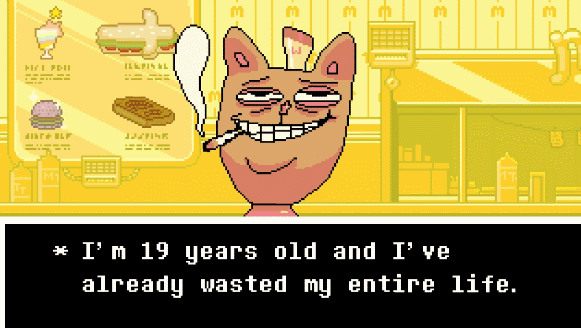

Como decía al principio, la gran pega del juego (el único punto negativo que le encuentro) es que está dirigido a un público muy particular. Para disfrutar Undertale en todo su esplendor hay que saber apreciar una historia profunda, un sistema de RPG subvertido, su particular sentido del humor, y dejarse llevar por sus entrañables personajes. Si se alcanza eso, es una experiencia inolvidable que bien vale los 10€ que cuesta.


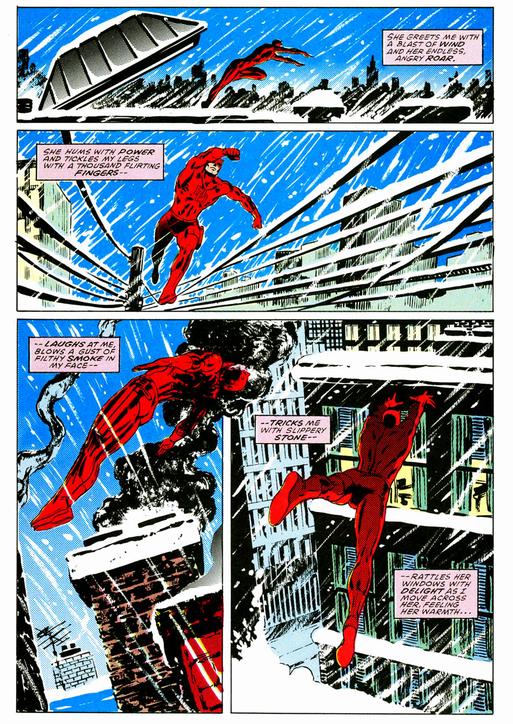

En español aquí
If you see this in front of you, you should tremble.

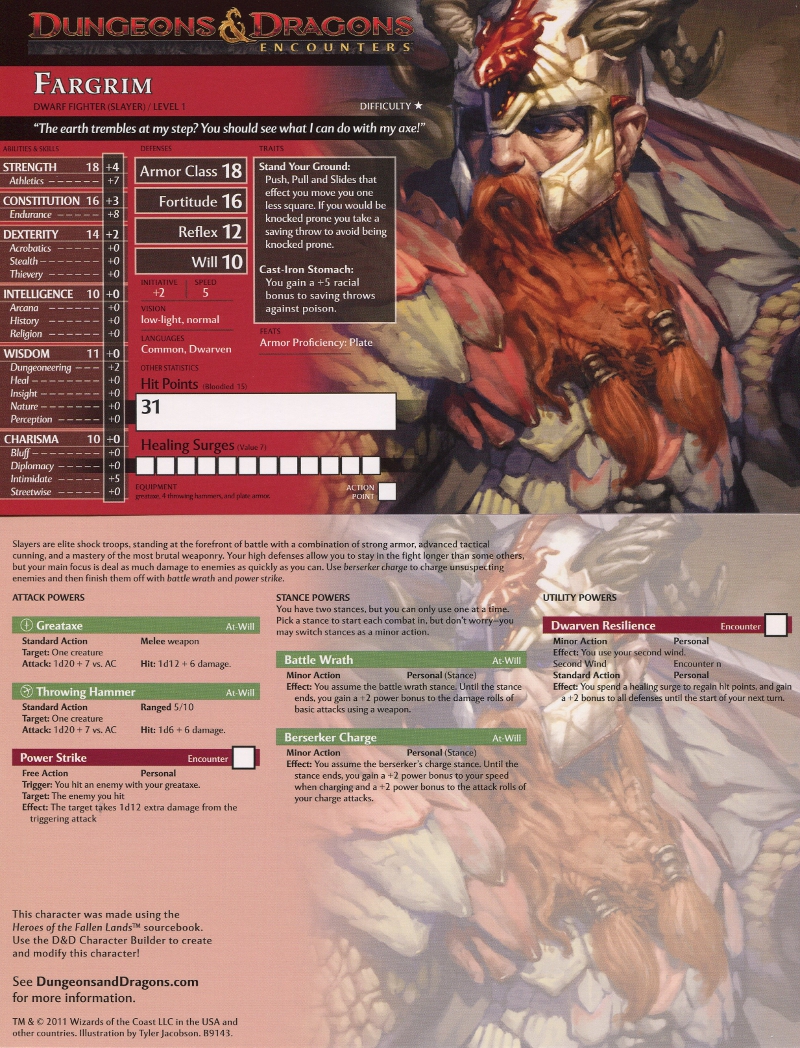

_007.png)

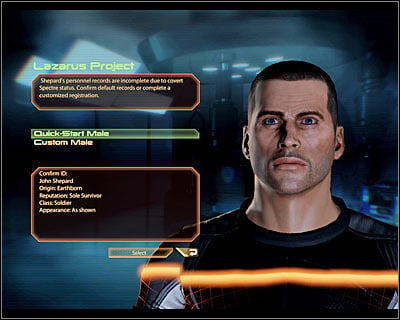
_(En,Fr,De)-6.jpg)
"Mi lógica es que si el resto de la gente se vacuna, yo no tengo que vacunarme." —Un compañero